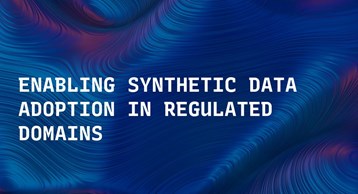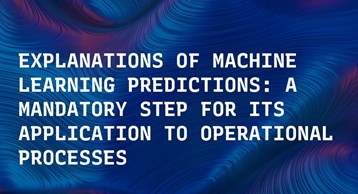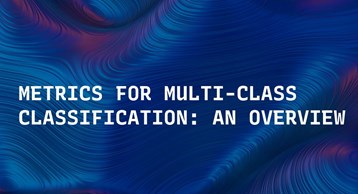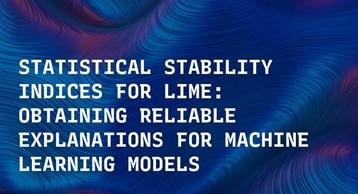
Technical Papers
We Suggest You
-
 This document focuses on the recent European Taxonomy regulatory framework. In particular, the goal is to examine the Green Asset Ratio (GAR) using the financial statements of the biggest European banks in order to understand how the European economy is transitioning in relation to the Taxonomy Regulation.
This document focuses on the recent European Taxonomy regulatory framework. In particular, the goal is to examine the Green Asset Ratio (GAR) using the financial statements of the biggest European banks in order to understand how the European economy is transitioning in relation to the Taxonomy Regulation. -

Evaluating AI fairness in credit scoring with the BRIO tool
In recent years, the integration of Artificial Intelligence (AI) into various domains has brought forth transformative changes, especially in areas involving decision-making processes. One such domain where AI holds significant promise and scrutiny is credit scoring. -

Enabling Synthetic Data adoption in regulated domains
The switch from a Model-Centric to a Data-Centric mindset is putting emphasis on data and its quality rather than algorithms, bringing forward new challenges. In particular, the sensitive nature of the information in highly regulated scenarios needs to be accounted for. Speci c approaches to address the privacy issue have been developed, as Privacy Enhancing Technologies. -
 In the global economy, credit companies play a central role in economic development, through their activity of money lenders. This important task comes with some drawbacks, mainly the risk of the debtors of not being able to repay the provided credit. Therefore, Credit Risk Modelling (CRM), namely the evaluation of the probability that a debtor will not repay the due amount, plays a paramount role.
In the global economy, credit companies play a central role in economic development, through their activity of money lenders. This important task comes with some drawbacks, mainly the risk of the debtors of not being able to repay the provided credit. Therefore, Credit Risk Modelling (CRM), namely the evaluation of the probability that a debtor will not repay the due amount, plays a paramount role. -

Metrics for multi-class classification: an overview
Classification tasks in machine learning involving more than two classes are known by the name of "multi-class classification". Performance indicators are very useful when the aim is to evaluate and compare different classification models or machine learning techniques. Many metrics come in handy to test the ability of a multi-class classifier. -

OptiLIME: Optimized LIME Explanations for Diagnostic Computer Algorithms
Local Interpretable Model-Agnostic Explanations (LIME) is a popular method to perform interpretability of any kind of Machine Learning (ML) model. It explains one ML prediction at a time, by learning a simple linear model around the prediction. -

Statistical stability indices for LIME: obtaining reliable explanations for Machine Learning models
Nowadays we are witnessing a transformation of the business processes towards a more computation driven approach. The ever increasing usage of Machine Learning techniques is the clearest example of such trend.